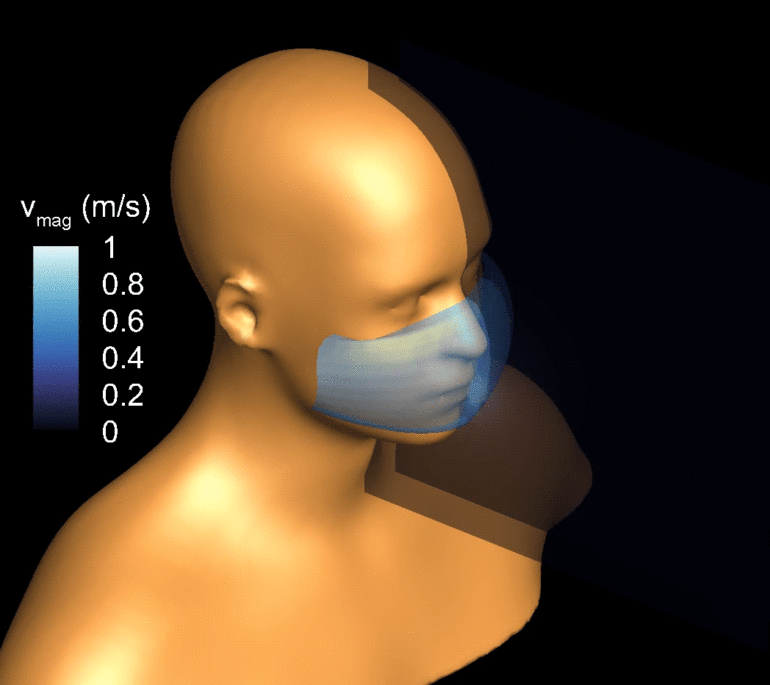Public health advice for avoiding respiratory illness is largely unchanged since the Spanish flu of 1918, one of history’s deadliest pandemics. Keep a safe distance from other people. Wash your hands frequently with soap and water to kill any germs you may have picked up. Cover your nose and mouth with a face mask—even one fashioned from a bandana will do. Such guidance is based on the understanding that respiratory infections spread through virus-carrying droplets that are expelled when infected people cough, sneeze, or breathe.
But more than a century after the Spanish flu killed 50 million people worldwide, how these fluid droplets behave remains largely a mystery. Rajat Mittal, a professor of mechanical engineering at the Whiting School of Engineering and an expert in computational fluid dynamics, believes further research into the flow physics of respiratory diseases will be key to containing the current coronavirus pandemic.
The idea occurred to Mittal during a recent visit to the grocery store, where he noticed shoppers wearing protective face masks. His mind went where researchers’ minds usually go—to the science.
“I started wondering if there’s any data out there about the aerodynamics of these masks to quantify what they are really doing,” Mittal says. “As I started to dive into the literature, it became clear that fluid dynamics intersects with nearly every aspect of this pandemic. How droplets are formed and carried, how they infect others, the ventilators we use to treat patients with this disease, even preventive measures…



